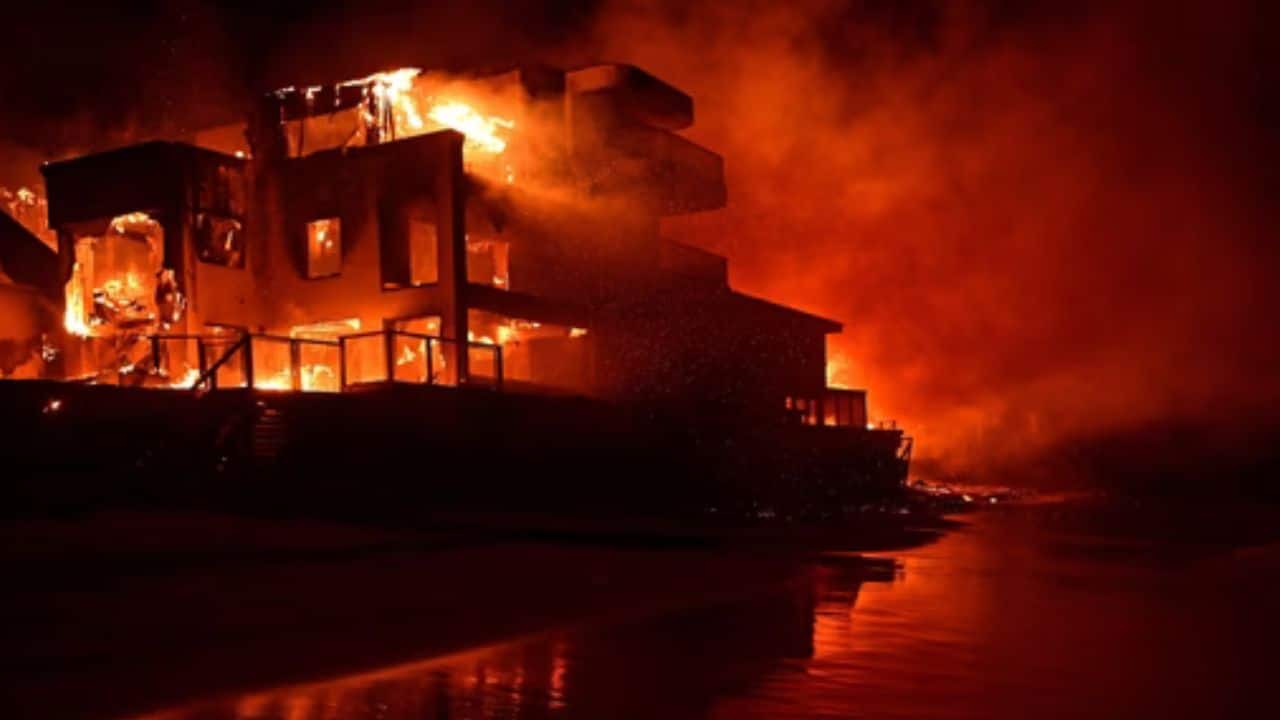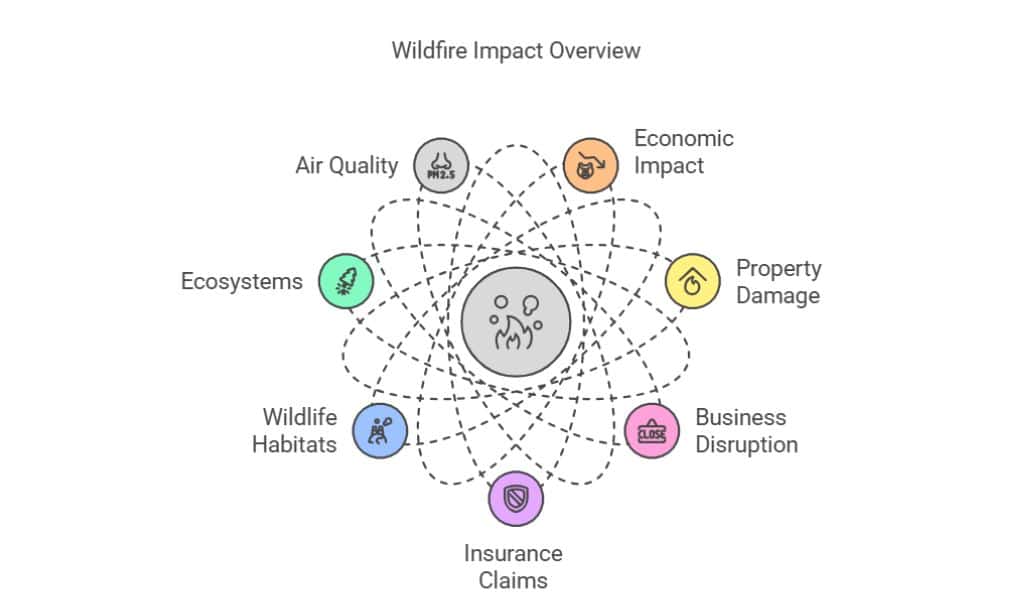The devastating wildfires sweeping through Los Angeles County have claimed the lives of 16 people as of Saturday, January 11, 2025. The Los Angeles County Medical Examiner’s Office is working around the clock to process the fatalities, yet challenging conditions caused by the fires are delaying identification efforts. These deadly blazes, identified as the Palisades Fire and the Eaton Fire, have left a trail of destruction, displacing residents, destroying property, and raising concerns about ongoing safety in the affected areas.
Rising Death Toll and Challenges in Identification
The fatalities include 11 individuals linked to the Eaton Fire and five from the Palisades Fire. The Medical Examiner’s Office has confirmed that 10 of these are human remains, while six others are awaiting confirmation. The intensity of the fires has complicated the identification process, as traditional methods such as fingerprinting and visual recognition may not be feasible.
Moreover, the dangerous fire conditions have delayed medical examiners from reaching all locations where fatalities have occurred. Even when remains are retrieved, the degree of destruction has made identification a painstakingly slow process. Authorities have not yet released the names of the deceased as they await notification of next of kin.
Severity of the Fires and Their Impact
Both the Palisades and Eaton fires have devastated vast areas of Los Angeles County. The Palisades Fire has scorched approximately 23,645 acres, while the Eaton Fire has consumed around 14,117 acres. Strong winds, dry conditions, and extreme heat have exacerbated the fires, making containment efforts extraordinarily difficult for firefighters.
Residents in impacted neighborhoods are grappling with significant losses. The fires have destroyed over 1,200 structures, with many more at risk. Evacuation orders have forced more than 180,000 people to leave their homes, creating a crisis for displaced families. Shelters across the county are operating at full capacity to accommodate those in need, while emergency response teams continue to provide essential supplies and assistance.
Economic and Environmental Consequences
The wildfires’ financial toll is projected to reach billions of dollars, with the economic impact stretching across multiple sectors. Property damage, loss of personal belongings, and disruption of businesses have left the local economy reeling. Insurance companies are bracing for a surge in claims, adding to the financial strain on affected families and businesses.
Environmentally, the fires have wreaked havoc on wildlife habitats, ecosystems, and air quality. Thick plumes of smoke have spread across Southern California, triggering health advisories and warnings about the risks of prolonged exposure. Residents are advised to use air purifiers indoors and wear N95 masks when venturing outside.
Community Response and Firefighting Efforts
Firefighters from across California and neighboring states have joined forces to combat the fires, deploying over 2,000 personnel, hundreds of fire engines, and multiple aircraft for water drops. Despite these efforts, containment remains a challenge due to erratic wind patterns and the rugged terrain of the affected regions.
Emergency management officials are urging residents to remain vigilant and follow evacuation orders. The Los Angeles County Office of Emergency Management is providing real-time updates through their official website and social media channels, ensuring that residents receive timely and accurate information.
Support for Affected Residents
Local organizations and charities are stepping up to support affected communities. The Red Cross, along with several local nonprofits, is offering temporary shelter, meals, and mental health support for evacuees. State and federal agencies, including FEMA, are assessing the damage and working on disaster relief plans to provide long-term support to impacted residents.
Meanwhile, volunteers and community members are banding together to raise funds, collect donations, and provide immediate aid. From food and clothing drives to financial contributions, the outpouring of support highlights the resilience and unity of Los Angeles County residents in the face of adversity.
Call for Caution and Preparedness
As the fires rage on, authorities are emphasizing the importance of fire safety and preparedness. Residents in fire-prone areas are urged to create defensible spaces around their homes, assemble emergency kits, and have evacuation plans in place. Those in evacuation zones should adhere strictly to official directives to ensure their safety.
While the exact causes of the Palisades and Eaton fires remain under investigation, preliminary reports suggest that dry conditions, high temperatures, and strong winds have played a significant role in fueling the flames. Investigators are also exploring the possibility of human activity contributing to the fires, whether accidental or intentional.
The situation remains dire as firefighters continue their battle against the flames. Officials are hopeful that improving weather conditions in the coming days will aid containment efforts. However, the road to recovery for Los Angeles County is expected to be long and arduous, with challenges ranging from rebuilding infrastructure to addressing the emotional toll on affected residents.
As more updates become available, authorities and emergency response teams remain committed to protecting lives and property while working to bring these devastating fires under control.












































